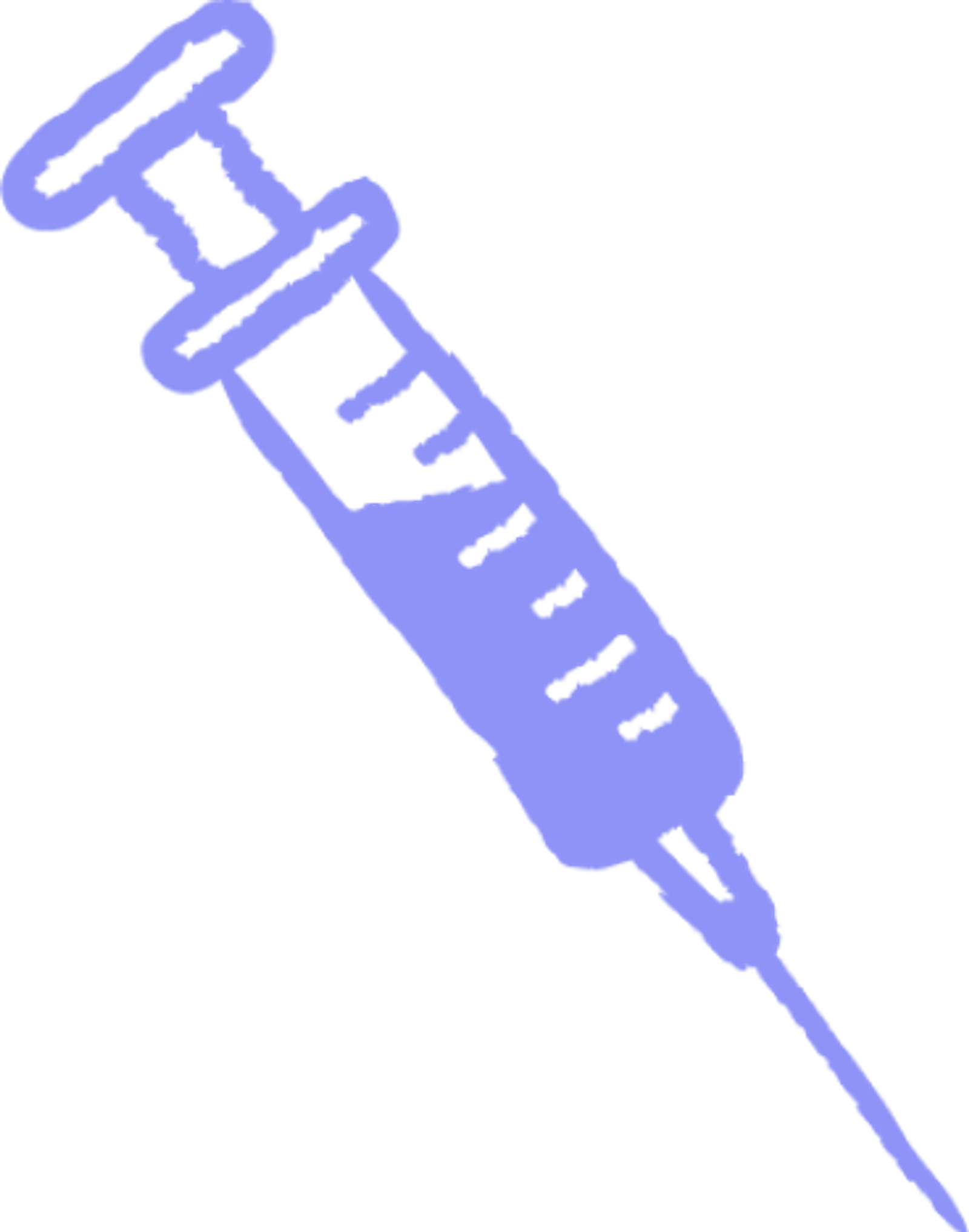Plasma 101
Who: Eligible donors between 18 and 64 can earn up to $560 a month in NY and up to $770 a month in FL.
What: Plasma is the yellow part of your blood that replenishes naturally.
Where: Queens, Brooklyn, The Bronx (NY), and Ft. Pierce (FL).
Why: Get paid to donate and help treat bleeding disorders, immune deficiencies, and more.
When: No appointment needed—walk in anytime before closing.
Where Does My Plasma Go When I’ve Donated?

Where Does My Plasma Go When I’ve Donated?
Plasma is a vital component of the whole blood responsible for transporting blood cells around the body. It is also responsible for carrying antibodies, hormones, proteins, and other nutrients to all parts of the body that need them, making it a crucial element in the natural infection-fighting process.
There are 737 plasma donation centers in the United States, and the number is set to grow. While plasma donation centers vary in their operations, all plasma is used for the same range of applications. In this article, we’ll take a look at what they are.
What is the function of plasma in the body?
Plasma has some vital functions without which the body would not be able to function.
Transporting nutrients, hormones, and water to parts of the body.
Facilitating oxygen and carbon dioxide exchange.
Facilitating the circulation of blood and blood pressure.
Regulating the body’s temperature.
Removing waste to the liver, lungs, liver, and kidneys.
Helping with coagulation and clotting.
Supporting the body’s infection-fighting abilities.
Keeping blood vessels open.
When a person doesn’t have enough plasma due to blood loss from an injury or illness, their body may struggle to perform these functions, so a plasma infusion is vital.
What happens at the donation center?
Let’s start at the beginning of the plasma donation process when your whole blood has left your body. At Olgam Life, we collect your whole blood in our state-of-the-art machine that separates your whole blood into its components: plasma, blood cells, and platelets. The machine uses centrifugal force to separate these components, a process called apheresis.
After apheresis is complete and your blood cells and platelets have been returned to your bloodstream, a sample of your plasma will be taken for testing. Plasma is always tested for transmissible diseases like HIV and hepatitis to ensure it is safe to use.
Plasma needs to be frozen to preserve its effectiveness. Ideally, plasma is frozen as soon as possible after donation (usually up to 8 hours after it is collected), and this is known as fresh frozen plasma (FFP). FFP has a shelf life of one year. At Olgam Life, we freeze your plasma as soon as it’s collected in any of our seven plasma donation centers for optimal preservation.
Plasma frozen 24 hours after collection is known as PF24. PF24 is highly similar to FFP but usually has less Factor V and Factor VIII, proteins responsible for coagulation. Nevertheless, FFP and PF24 can be used in similar applications.
Frozen plasma can be delivered to hospitals and healthcare facilities around the country once it’s frozen. On-site, thawed plasma can be stored at 33.8 °F to 42.8 °F for up to 5 days but usually, it is given within 24 hours of thawing.
How is plasma used to help people?
Fundamentally, plasma is used to create treatments in two different categories: blood components and plasma medicines.
Blood Components
Replenishing the Blood
When someone experiences a severe injury or trauma, such as burns or lacerations, they are likely to lose a lot of blood. People who have lost a lot of blood can't produce new plasma quickly enough to save the body and keep it functioning. A plasma transfusion will restore their blood volume and pressure.
When significant amounts of blood are lost, the body can be dangerously depleted of electrolytes. Electrolytes are responsible for maintaining the balance of water, pH levels, and nutrients in the body. So, a plasma transfusion will restock vital electrolytes, too.
Blood Clotting
Even a small injury can lead to complications when the body can't form a blood clot to close the wound up. Liver diseases and disorders like hemophilia that reduce the body's capabilities to form blood clots can be life-threatening for some people.
One of the components of plasma is fibrinogen, a soluble protein that can be converted into fibrin. The structure of fibrin filaments is what causes clotting that helps the body retain precious blood in the event of an injury.
Plasma Treatments and Therapies
Platelet-Rich Plasma
Platelets are another of the main elements of whole blood and are responsible for helping blood clots to form. Platelet-rich plasma is a plasma infused with platelets, sometimes used to help with repairing damaged tissue and healing injuries.
Protein-Based Therapies
One of the vital elements of blood plasma is the proteins it contains, which allow things like antibodies to do their jobs. Here are some examples of plasma proteins and how they’re used in therapies to help people..
Protein | Conditions and Deficiencies |
Alpha-1 Proteinase Inhibitor | ALPHA-1 Antitrypsin Deficiency. A condition in which patients suffer liver damage and chronic emphysema. |
C1 Esterase Inhibitor (C1-INH) | Hereditary Angioedema. A condition that causes severe swelling, which causes discomfort and can even be life-threatening if an airway is obstructed. |
Immunoglobulins (Antibodies) | Primary immunodeficiencies that lead patients to fight chronic and persistent infections. Chronic Inflammatory Demyelinating Polyneuropathy. A condition that causes weakness, fragility, and disability, including loss of limb function. |
Make sure there’s no chance you’ll be turned away from your donation appointment. Check our guides to help you prepare.
Find answers to all our questions on our plasma donation FAQ, or if you’re looking for a plasma donation team to join, check out our career vacancies. Send us a message or give us a call for anything else.
















